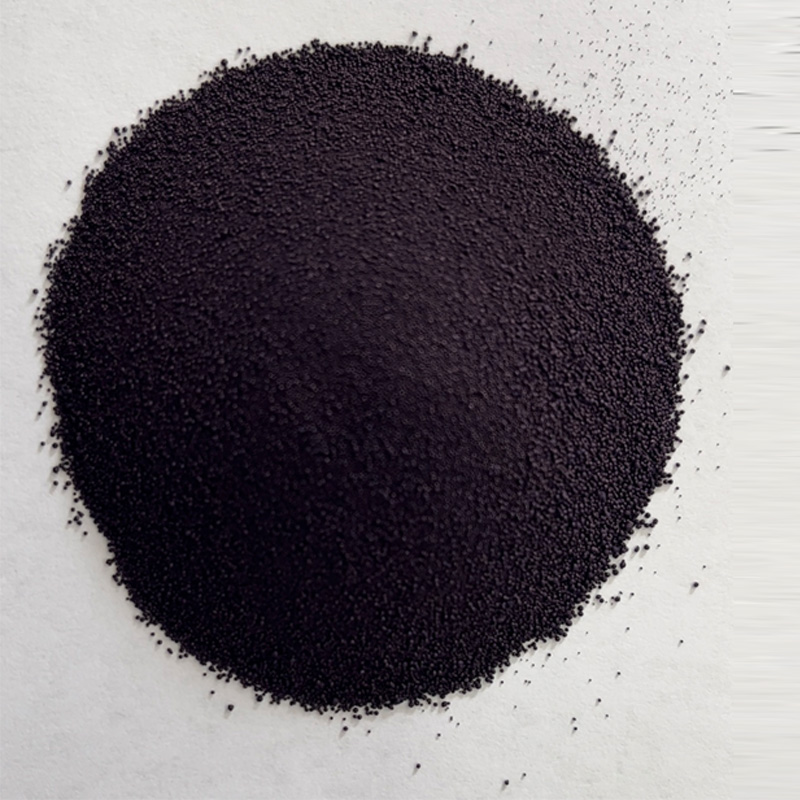china sulphur dye
Exploring the World of Sulphur Dyes in China
Sulphur dyes have become a significant component of the textile industry, particularly in China, which is one of the largest producers and consumers of textile products globally. These dyes are favored for their economic viability and their ability to provide rich, vibrant colors on various fibers, especially cotton. This article delves into the characteristics, applications, and implications of sulphur dyes, highlighting their relevance in the Chinese textile market.
Understanding Sulphur Dyes
Sulphur dyes are a class of dyes derived from sulphur compounds that are known for their unique chemical structures, which enable them to form strong bonds with the fibers of fabrics. Typically, these dyes are produced in a water-insoluble form and require reduction to become soluble for the dyeing process. After the dyeing process is complete, the dyestuffs are oxidized back to their original insoluble form to ensure permanence.
The key advantages of sulphur dyes lie in their cost-effectiveness and excellent fastness properties. They provide good light and wash fastness, making them suitable for everyday garments and household textiles. The dyeing process is generally straightforward, can be done at low temperatures, and is adaptable to a wide range of fabrics. Additionally, sulphur dyes can produce an extensive palette of colors, although they are particularly well-known for their deep shades.
The Textile Industry in China
China's textile industry has undergone remarkable growth over the past few decades, establishing itself as a global powerhouse in textile production. With its vast range of manufacturing capabilities and an abundant supply of raw materials, the country is uniquely positioned to utilize sulphur dyes extensively. As a response to rising environmental concerns, many Chinese manufacturers are focusing on developing eco-friendly practices, including the use of sustainable dyeing methods.
The application of sulphur dyes within this context has been both beneficial and controversial. While these dyes are praised for their efficiency and low cost, they can also pose environmental risks. The chemicals involved in the sulphur dyeing process can lead to pollution if not managed properly. As such, Chinese manufacturers are increasingly being called upon to adopt greener practices, focusing on waste water treatment and pollution reduction strategies to align with international standards.
china sulphur dye

Environmental Considerations
The environmental impact of sulphur dyes cannot be overlooked. The traditional dyeing processes often lead to the discharge of harmful chemicals into water systems, creating significant ecological challenges. In recent years, greater emphasis has been placed on sustainable practices, urging companies to transition to eco-friendly alternatives. For example, advancements in technology have led to the development of waterless dyeing methods and the use of natural dyes, which provide more sustainable options.
Furthermore, the Chinese government has launched various initiatives aimed at reducing industrial pollution, particularly in the textile sector. Regulations and incentives promote the adoption of cleaner technologies and stricter waste management practices. This shift not only addresses environmental concerns but also responds to the growing demand for sustainable textiles amongst consumers worldwide.
The Future of Sulphur Dyes in China
Despite the environmental challenges associated with sulphur dyes, their role in the textile industry in China is likely to remain significant. As manufacturers continue to invest in innovative dyeing technologies, the industry may find a balance between utilizing sulphur dyes and implementing environmentally conscious practices.
Investment in research and development could lead to improved formulations of sulphur dyes, enhancing their performance while reducing their ecological footprint. Moreover, collaboration between industry stakeholders, governmental bodies, and environmental organizations can foster a more sustainable approach to dyeing practices.
Additionally, as global markets evolve and consumer preferences shift toward sustainable products, Chinese textile manufacturers are presented with opportunities to lead in the development of environmentally friendly dyeing techniques. By positioning themselves at the forefront of sustainable fashion, they can not only address environmental concerns but also strengthen their competitiveness in an increasingly eco-conscious market.
In conclusion, sulphur dyes occupy a crucial niche within China's textile industry, balancing the need for cost-effective coloring solutions against environmental responsibilities. As the industry moves toward more sustainable practices, the future of sulphur dyes may be shaped by innovation, regulation, and a growing emphasis on eco-friendly production methods, ensuring that they continue to play a key role in textile manufacturing while addressing environmental sustainability.
-
The Timeless Art of Denim Indigo Dye
NewsJul.01,2025
-
The Rise of Sulfur Dyed Denim
NewsJul.01,2025
-
The Rich Revival of the Best Indigo Dye
NewsJul.01,2025
-
The Enduring Strength of Sulphur Black
NewsJul.01,2025
-
The Ancient Art of Chinese Indigo Dye
NewsJul.01,2025
-
Industry Power of Indigo
NewsJul.01,2025
-
Black Sulfur is Leading the Next Wave
NewsJul.01,2025

Sulphur Black
1.Name: sulphur black; Sulfur Black; Sulphur Black 1;
2.Structure formula:
3.Molecule formula: C6H4N2O5
4.CAS No.: 1326-82-5
5.HS code: 32041911
6.Product specification:Appearance:black phosphorus flakes; black liquid

Bromo Indigo; Vat Bromo-Indigo; C.I.Vat Blue 5
1.Name: Bromo indigo; Vat bromo-indigo; C.I.Vat blue 5;
2.Structure formula:
3.Molecule formula: C16H6Br4N2O2
4.CAS No.: 2475-31-2
5.HS code: 3204151000 6.Major usage and instruction: Be mainly used to dye cotton fabrics.

Indigo Blue Vat Blue
1.Name: indigo blue,vat blue 1,
2.Structure formula:
3.Molecule formula: C16H10N2O2
4.. CAS No.: 482-89-3
5.Molecule weight: 262.62
6.HS code: 3204151000
7.Major usage and instruction: Be mainly used to dye cotton fabrics.

